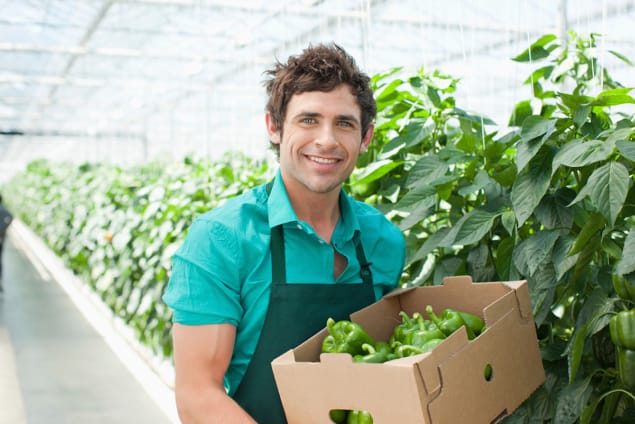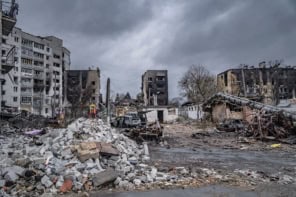
Last summer Europe was abnormally hot, with temperatures topping 30°C in the Arctic Circle. Fields across northern and central Europe grew parched and shrivelled and farmers faced crop failure and bankruptcy. The prolonged warm conditions are in line with anticipated trends and demonstrate the damage that climate change could inflict on food production.
So will people be going hungry by 2050 because of climate change? Some countries and crops are more vulnerable than others, a new study suggests, but with sufficient adaptation and use of technology it will still be possible to feed the planet.
Scientists have assessed how climate change might impact crop yields since the 1980s. Most studies show that the impact is likely to increase over time, and that tropical and low-income countries will be hit hardest. Meanwhile, others have investigated ways that farmers might adapt to reduce their vulnerability.

Farmers adapting for ‘weather variability’ not climate change
Now a team affiliated to the CGIAR Research Program on Climate Change, Agriculture and Food Security has carried out a global meta-analysis of the knowledge to date. Using 157 studies published since 1984, the researchers produced a database of over 27,000 points. This revealed country-level climate change impacts on rice, wheat and maize crops up to 2080, as well as the potential for adaptation.
Without adaptation the scientists estimate losses by the 2080s of around 12 to 15% for wheat and rice, and 20% for maize. With adaptation measures in place these losses fall to around 4 to 6% for wheat and rice, and 13% for maize.
However, the losses are not spread evenly. For maize the most vulnerable regions found by the study included South Asia and Sub-Saharan Africa. Rice crops were most at risk in central America and central Asia whilst wheat suffered worst in South and central Asia and Scandinavian countries.
“These regions are more vulnerable for two main reasons,” says Pramod Aggarwal, based at the International Maize and Wheat Improvement Center in New Delhi, India. “Firstly, their growth rate of food production already lags behind the projected demand, and secondly climate change impacts are relatively large here, which makes them even more food insecure.”
Such losses are still large enough to be extremely challenging, but the findings suggest we should still be able to meet food needs up to 2050, as long as farmers embrace adaptation measures. Typical adaptations include greater use of stress-tolerant varieties of crop, improved irrigation techniques and better fertiliser management. But such changes won’t necessarily be easy.
“It will require massive science-guided investment, along with policy and institutional support,” says Aggarwal, who published the findings in Environmental Research Letters (ERL). “In addition, the most vulnerable countries will need greater research focus to develop new crop varieties and to diversify.” The researchers also sound a note of caution, saying that localised climate extremes could potentially increase the impact on food production.
Nonetheless, the findings provide an overview of how climate change is likely to affect food production, and should enable policy makers and advisors to assess where adaptation measures are needed with most urgency.
- This article was updated on 10th July 2019 to make the team’s affiliation more precise.



